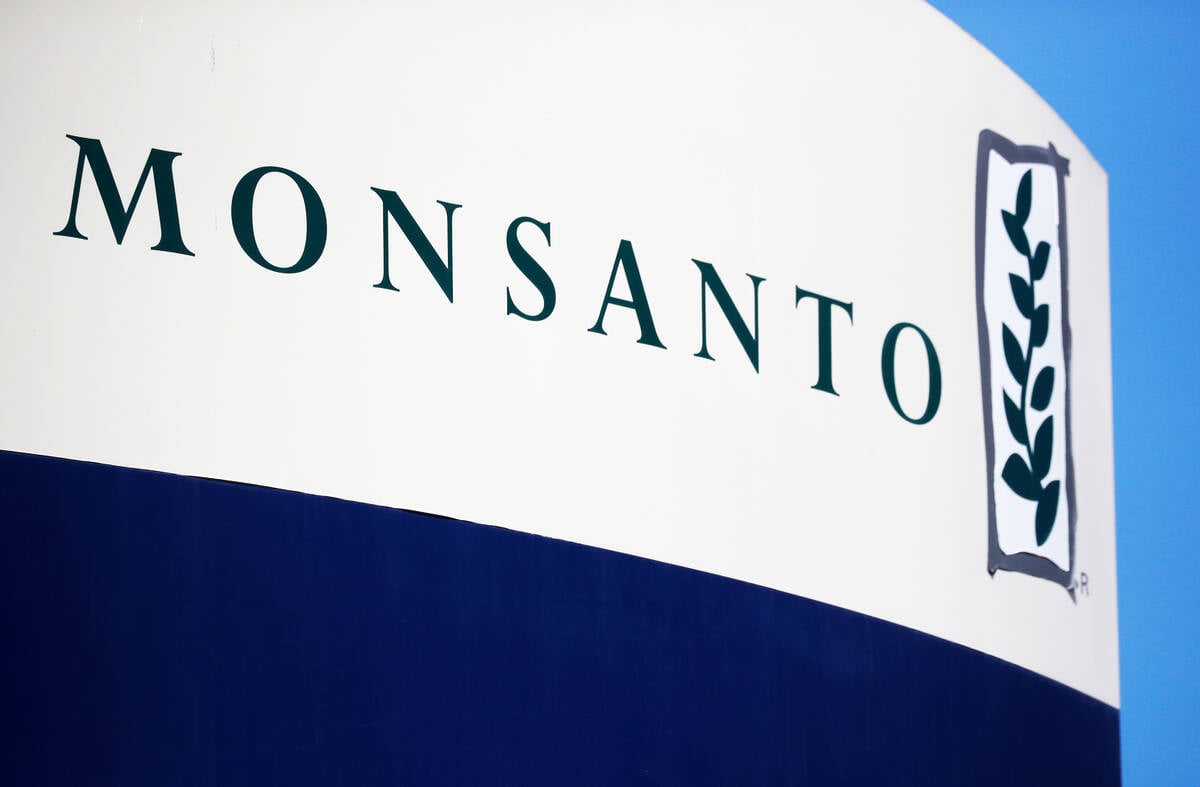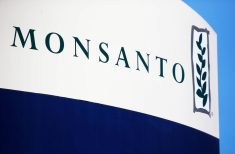Early on in the pandemic I recall standing in line in the cold outside Costco, waiting for my turn to get into the store.
As I waited, more or less patiently, I noticed several hastily made signs on printer paper that lined the crowd control fences — or perhaps ‘human corral’ might be a more applicable term.
These notices detailed what was currently out of stock, and they included a lot of basic items such as flour, yeast, baking powder and — yes — toilet paper.
In that moment I found myself wondering if this was what life was like in Moscow, circa 1984, as the Soviet economic system circled the drain. It was, frankly, unlike anything I had ever experienced previously: standing in the cold and snow, wondering if I could fill my shopping list.
Read Also

Roundup retraction makes public trust ripples
A foundational study on glyphosate safety was recently retracted, while Roundup maker Bayer has already said it may ditch the key agricultural herbicide after lawsuits piled up.
Older generations had to cope with wartime shortages, of course. But being born in 1969, this was all unprecedented in my lifetime. Out-of-stock items certainly occasionally happened, but not entire categories being stripped bare.
Initially, those shortages were pull, not push, problems. Toilet paper is the classic example. We were never in any real danger of running out of this product until panic buying cleared store shelves. Canada might not be the manufacturing powerhouse it once was, but we do still produce — and export even — a prodigious amount of loo roll.
After the initial months passed and things didn’t completely collapse into a zombie apocalypse or post-plague fantasy per the writings of Stephen King or Michael Crichton, the sound of industry patting itself on the back was near deafening.
‘See?’ it proclaimed. ‘Our supply chains are remarkably robust.’
Anyone who ever tried to buy a pair of gloves in March, after the just-in-time supply chain was depleted, would have speculated that security was always an illusion, bolstered by low oil prices and a relative lack of any global disruptions like war — or plague.
Now, two years and several waves of the pandemic later, that initial robustness is being replaced by a decidedly frayed feeling.
As AgCanada.com’s Dave Bedard reports in our Feb. 24 issue, one major farm chemical manufacturer has just declared a force majeure event, warning that its glyphosate-containing products may be delayed for an expected three months while a factory that produces a “key ingredient” undergoes repairs.
That’s going to be cutting it awfully close for a growing season that’s set to start in just a matter of weeks.
And while, as Bedard reports, the major manufacturer isn’t using the word “shortage” just yet, others are.
Noted sprayer expert Tom Wolf, of the sprayers101.com website, detailed the threat in a recent posting Feb. 9. In broad strokes, a lot of trends, some beginning as far back as 2017, are coming home to roost at the same time. The pandemic is just the latest of the straws that have landed on the metaphorical back of herbicide production.
One off-patent chemical manufacturer has chimed in, cautioning farmers to avoid bundles this season due to the vagaries of global supply chains.
It’s no doubt got a vested interest in promoting this line of reasoning, but it’s also got a point about tying oneself to one source for inputs in an uncertain time.
For his part, Wolf is counselling farmers to engage in herbicide-conserving practices this season, and making the best of what products they can access.
Other inputs, such as fertilizer, are also showing signs that they could be in short supply this year, for similarly diverse reasons.
No doubt COVID has played a role. But so has geopolitical instability, caused by a bellicose Russia and its threat to invade Ukraine, high natural gas prices, and a Gulf hurricane disrupting a key production facility.
It’s all added up to a situation that’s just as unprecedented for farmers as that winter afternoon nearly two years ago when urban consumers queued up for TP.
There’s certainly been noises made in past seasons about potential shortages, but this year that fretting seems more solid than ever.
More than a few farmers of my acquaintance say they’ve locked down their inputs earlier than usual, and hope to take delivery as soon as possible.
That’s a good short-term strategy. But as agriculture is a critically important industry, government and industry need to put their heads together to come up with strategies that ensure farmers have access to the resources they need.
In the meantime, we’ll all have to make the best of it.
And for farmers here in Manitoba there is one hopeful sign. The scarcest and most uncertain input of all in recent years — moisture — appears poised to make a rebound this spring.
So here’s hoping that by spring everything necessary for a good crop is readily available.















